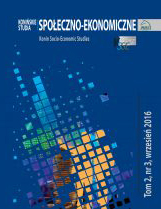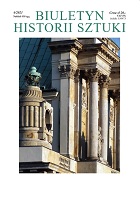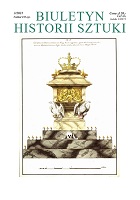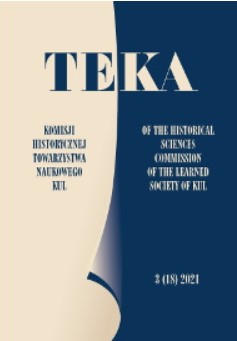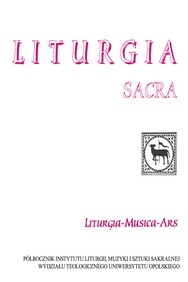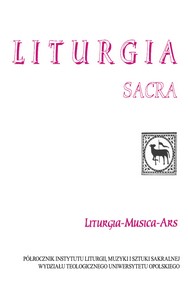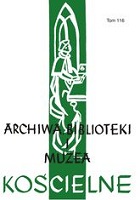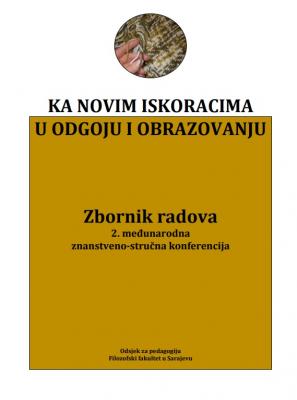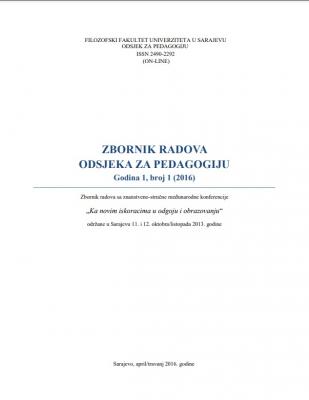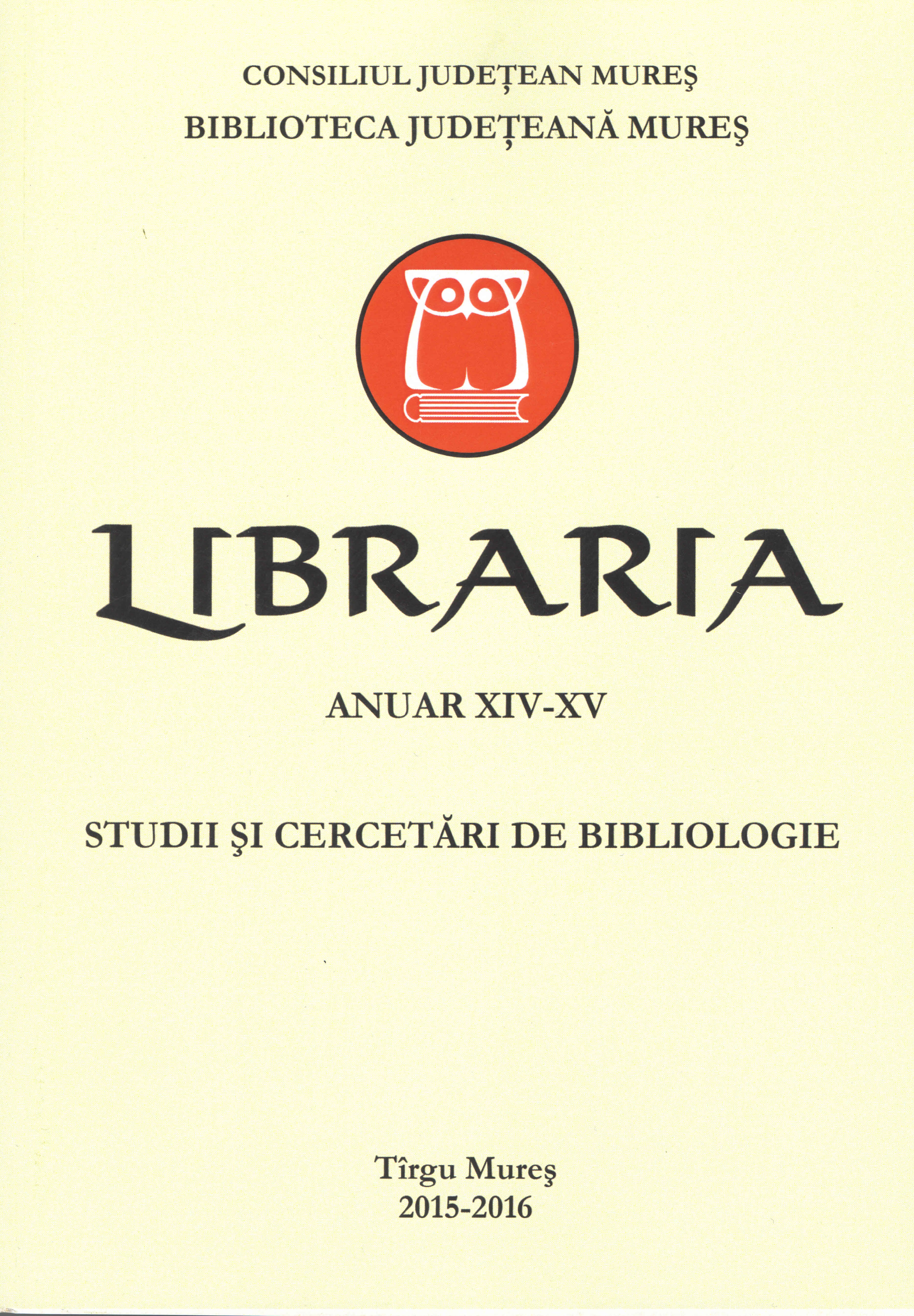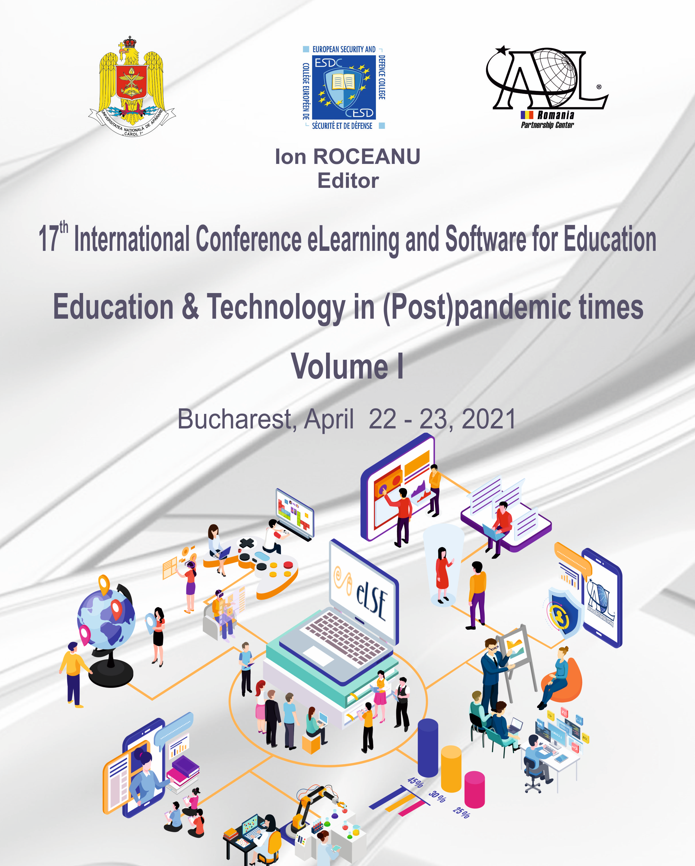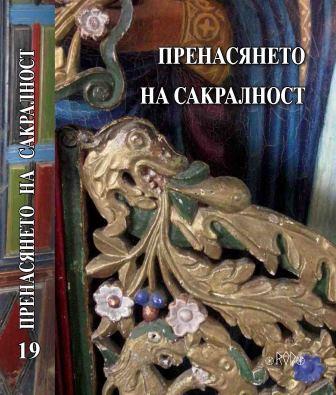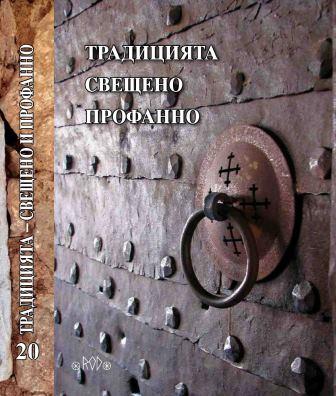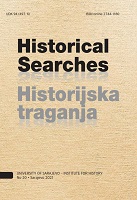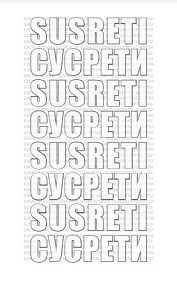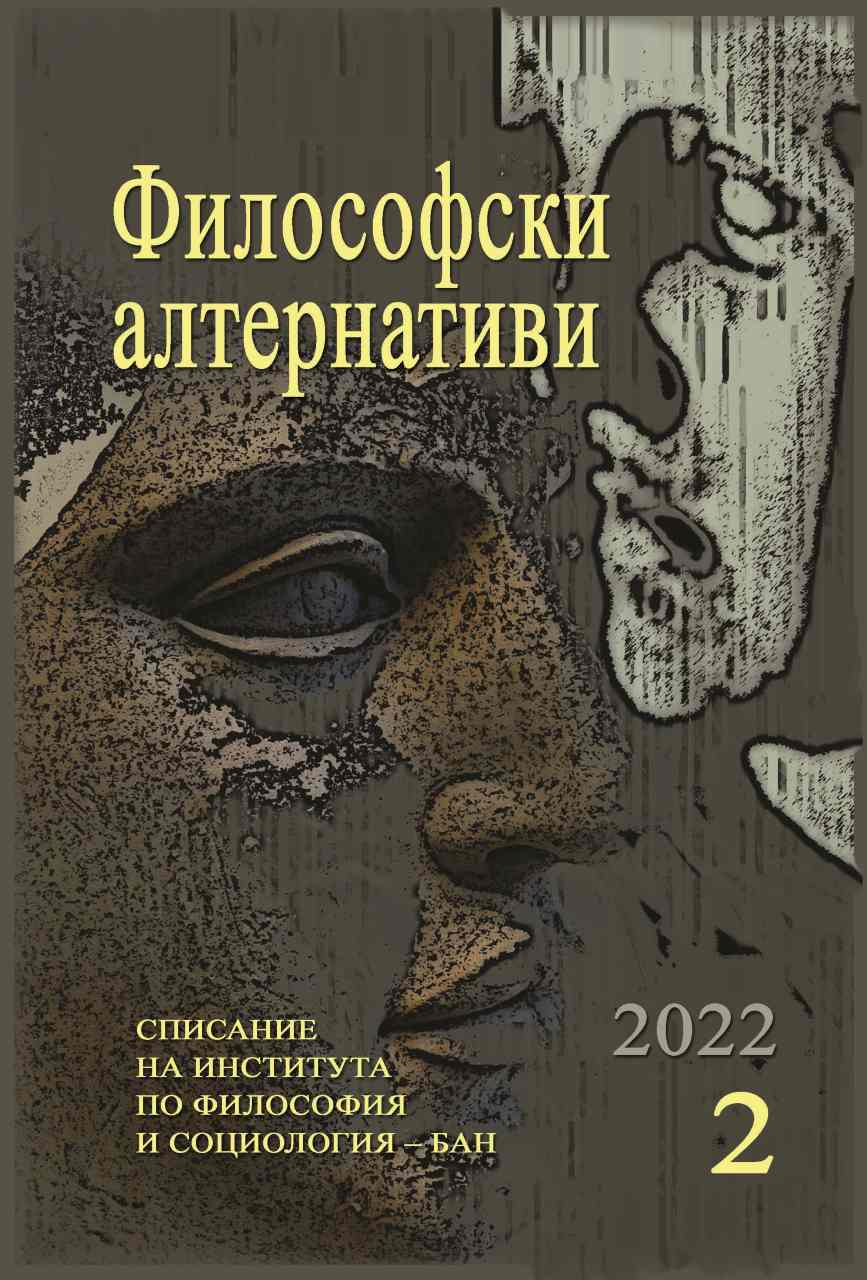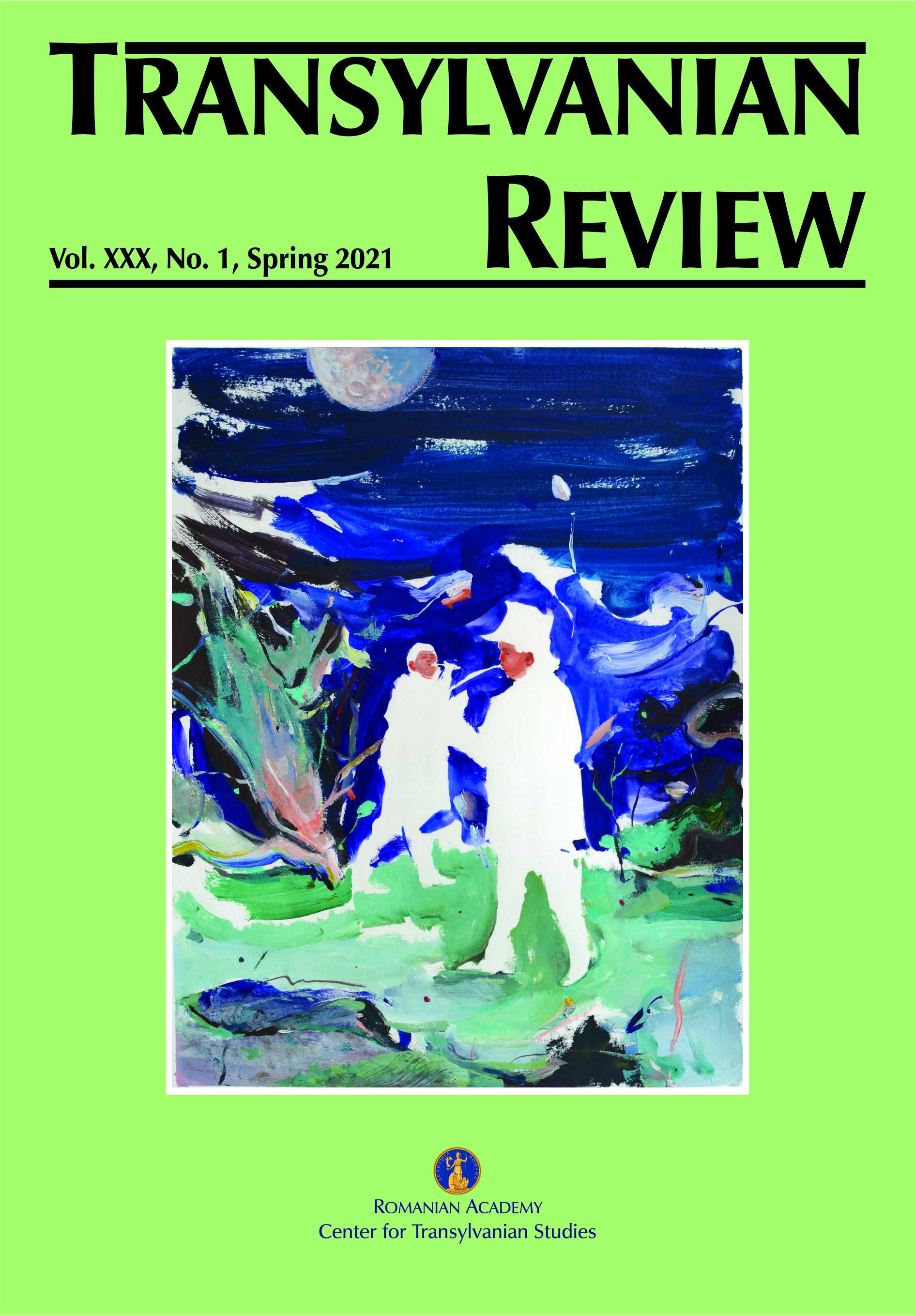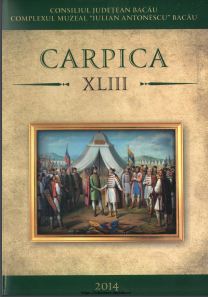Author(s): Irfan Handukić / Language(s): Bosnian
Issue: 1/2016
Priređivači Kantove Antropologije, iznoseći pojedine stavove, odredili su odnos genija i talenta. Integralni smisao ovoga pojma ističe da „lijep duh stvara samo zahtjeve geniju, gdje je učeniku potrebno ono prirodno, učitelju talenat, a geniju pronalazak, genije je originalnost, osobnost koja daje prauzore talenta“ (Petrović, 1989). Učiteljev talenat, njegovim sličnim idejama poticani su učenici samo onda ako su obdareni sličnim proporcijama duševnih snaga. Nastojeći da istaknemo viši smisao uloge talenta genijalnosti za sljedeće generacije, odgojem đaka i mladih na tom putu, bitno je zamijetiti bliskost na relaciji s talentom. Naime, i Kant u svim spisima prepoznaje ono esencijalno vrijedno, što bi bilo za dobre, darovite đake – a to je nasljeđivanje samo osnovnog smisla, a ne ropsko imitiranje. "Talenat je nalik strelcu koji pogađa cilj koji drugi ne mogu doseći; genij, pak, nalikuje onome koji pogađa cilj koji drugi uopće ne mogu vidjeti" (Petrović, 1989). Kada je riječ o sadržajima i oblicima likovnog stvaralaštva u nastavi, ovdje se svakako mora egzemplarno govoriti o istraživačkim zadacima, vremenskoj dimenziji kreativnosti, prostorno tehničkoj, mijenjanju nastavne forme u funkciji stvaralaštva, teoriji recepcije u funkciji stvaralaštva, pedagoškom programiranju kreativnosti, kreativnosti u individualnoj nastavi i oblicima rada, vrednovanju procesa i efekata kreativnog rada instrumentima i tehnikama vrednovanja (Stevanović, 1986). Određujući specifičnost likovnog-stvaralačkog izražavanja djece i mladih, možemo odgovorno konstatovati da se ono zapravo ogleda prvenstveno u činjenici da je individua (učenik) pretežno okrenuta procesu, a manje produktu svoje stvaralačke aktivnosti, da je priroda efektnosti rada kod dječijeg crteža, slike, grafike umjetnička: i umjetnika nosi osjećaj procesualnosti, a ne težnja za konačnim razrješenjima, što je zapravo osjećanjima ispunjeno znanje i znanjem ispunjen ojećaj. Priroda likovne nadarenosti koja proizvodi i izražava karakterističnu likovnu produkciju, preko koje pojedinac – učenik – istovremeno iskazuje komponente integrisane kao sposobnost, motivacija i kreativnost, ujedno su faktori koji pojačavaju, kvalitativno, likovnu–stvaralačku–kreativnu sposobnost talenta.
More...
